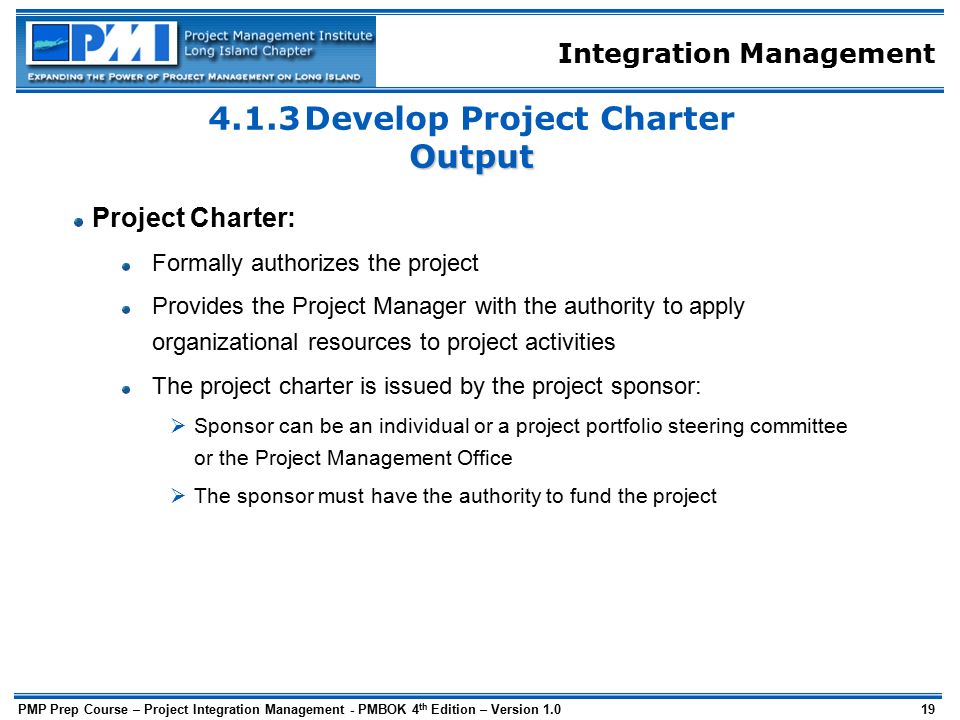Framework Integration Management Portfolio Program Project

PM, PPM, PgM. What is the difference between portfolio management and project management, exactly? And where does program management fit in? Here’s a quick. A Management Framework for Project, Program and Portfolio Integration [R. Max Wideman] on Amazon.com. *FREE* shipping on qualifying offers. With simplicity in mind, A.
Exhibit 1 – Classification of Mergers and Acquisitions Strategic Directives Motivating Mergers Any merger stems from a strategic directive identified by the acquirer. Common reasons driving mergers are further listed and explained below. The typical decision-making process starts with research and due diligence leading to a detailed business case that proves that the acquirer would gain benefits they would not be able to realize through organic growth (investment in internal resources and capability).
Visual Foxpro Odbc Driver 6.0 on this page. The following strategic directives are not mutually exclusive, meaning that the acquirer may be motivated by one or more of them: • Creation of Synergies: the new company has greater value than the sum of its parts. Synergies are achieved through creation of economies of scale or aggregation of market share and revenues or a combination of both. • Growth: Growth in revenue through the investment in external resources (inorganic growth), which is normally faster than organic growth. Also a form of mitigation of risks related to unfamiliarity with new markets, experimentation, and learning curves.
• Increase of Power: When markets are (or close to becoming) saturated, horizontal mergers occur to eliminate or limit competition and expand market share within the non-expandable demographic, thus enabling the influence of prices, and so forth. In its extreme form, this may lead to monopolies.
Umk3 Juggernaut Hack Rom. Vertical integration can also considerably reduce competition and increase power through domination of critical supplies or creation of captive markets. • Acquisition of Unique Capacities and/or Resources: Companies engage in M&As to gain technologies, resources, tools, intellectual property, or other resources that it would either take too long to develop internally or would need to make substantial incentives to achieve, for example, Oracle's acquisition of Primavera in 2009. • Unlocking Value: Acquirers may identify one or more uncompetitive targets that it believes it can transform into a profitable business through availing resources, organizational restructuring, process reengineering, or other operational enhancements. • Incentives presented through International Expansion: Common among acquirers seeking to extend their market reach, acquire new manufacturing facilities, develop new sources of raw materials, and access new capital markets, take advantage of lower labor costs, overcome barriers to trade, introduce new technologies to otherwise deprived markets, follow clients as they expand internationally, and/or product differentiation and leverage. • Diversification: For companies to be seen and managed as a portfolio of investments and to reduce vulnerability to cash flow issues. The Integration Portfolio For the persons involved in the integration, it is important to understand that the Investors and Analysts who architected the merger have thoroughly analyzed and quantified the strategic directives and the rationale behind them to ensure that the merger will create considerable value. Albatron Px865pe7c Pro Driver there. The whole purpose of any integration activity would be to maximize the probability that such value would materialize, and manage the realization of anticipated benefits.